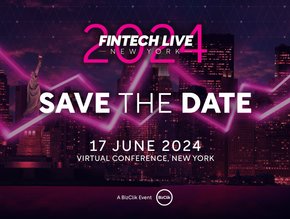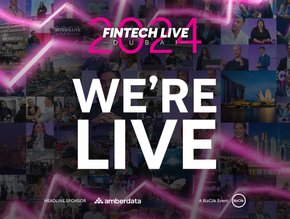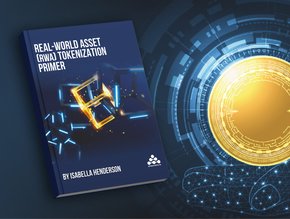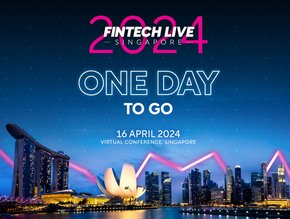What is a Neobank?

Technology has seeped through every part of our lives, making much of our day to day business smarter and more efficient. Banking is no different. The term ‘neobank’ started being used in around 2017, referring to new banks emerging that aim challenge the way people traditionally bank. A neobank is a fintech (financial technology) based bank that operates solely digitally or via a mobile app, that means accomplishing most things a conventional bank can, minus the physical branches.
The benefits
The neobank product model tends to be aimed at a tech-savvy customer, who is typically after a simpler and more accessible way to manage money. Many offer free budgeting tools and financial education.
Due to most neobanks having fewer overheads like branches, staff to run these branches and a generally slimmer business model, users commonly can enjoy higher interest rates and fewer fees. Most neobanks do not offer credit, this helps keep their costs down and limits their risks. It is also to be noted that a vast majority of these banks offer a physical debit card too as to not dampen the user experience.
While on the topic of user experience, another key point to be highlighted is the event of opening a bank account. Peter Ramsey is Founder of Built for Mars, a company built to help businesses identify and solve new problems within UX, he was also a guest on an episode of the FinTech Podcast. Ramsey experimented analysing the experience of opening 12 different bank accounts, providing fascinating results on conventional and challenger banks (neobanks) alike. Below is a graph of his findings on how many working days it took to open a fully functioning bank account with each provider.

“As you’d expect, the challenger banks were considerably faster than the more traditional banks. And remember; these are working days, not calendar days.” Peter explains, “But when we talk about how easy something is, there’s another metric to consider: the effort required. Typically, products feel more intuitive—and easier—the less input they need. So I also logged every time I had to do something.”
As mentioned, he also recorded the number of clicks to create a bank account with these providers, and discovered that “it took five times as many clicks to open an account with First Direct, than it did with Revolut.” He also found the only traditional bank in the experiment able to open an account from its mobile app was Barclays.
It’s safe to say that although many of the neobanks are one step ahead on user experience and convenience, ‘big’ banks are catching up. Explore more Built for Mars UX reports on banking here.
The drawbacks
Of course, this new style of banking won’t be attractive to all, and understandably. The drawback of no physical branches to go into is you cannot speak to someone from your bank face to face. Speaking to a member of staff in person builds a level of rapport and trust that would be difficult to achieve otherwise.
Neobanks are less regulated than traditional banks and are not considered actual banks in some legal terms. It is a customer’s responsibility to be sure they choose a bank that offers a form of deposit insurance such as the National Credit Union Share Insurance Fund or the Federal Deposit Insurance Corporation. Big neobank names such as Monzo, Starling Bank and Revolut are well regulated and reliable, hence their loyal customer bases, but always do your research.
Many neobanks have seen their customer numbers rocket over the past few years, according to Business Insider, many of these banks in key global markets are “prioritising scale versus profitability”. On average, a neobank loses $11 per user, mostly from operating costs and offering accounts for free, although many have subscriptions available for premium accounts with more features.
To conclude
The next stage for many neobanks will be to pivot from a hyper-growth model to a long term more sustainable and profitable one. Despite the Coronavirus pandemic, many neobanks have seen customer bases soar from the need for more flexible banking. Having an agile workforce and a product and services that can be upheld by staff working from home has been paramount for success through COVID-19. As cash is being discouraged in favour of contactless card payments to limit the virus spread, the concept of a cashless society in the future seems to be more prevalent.






